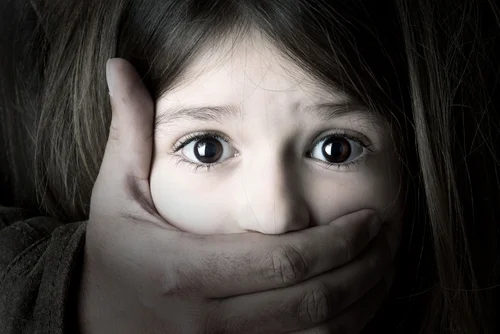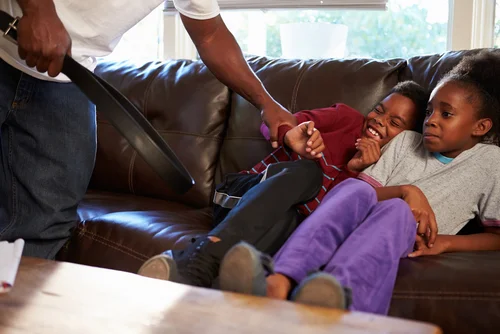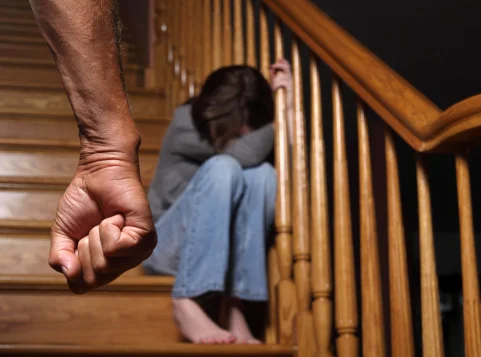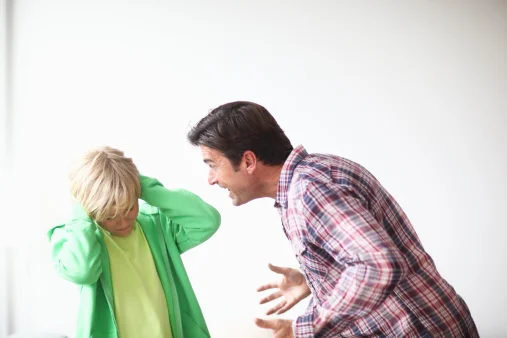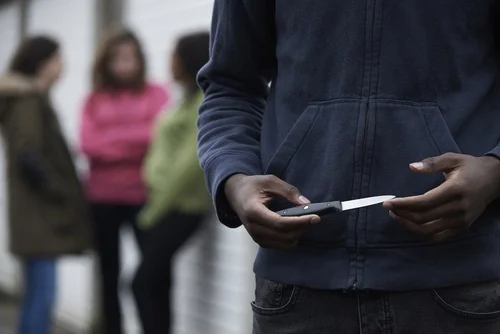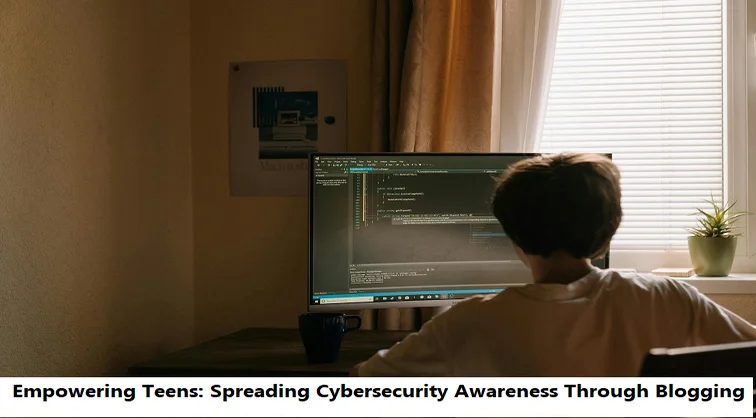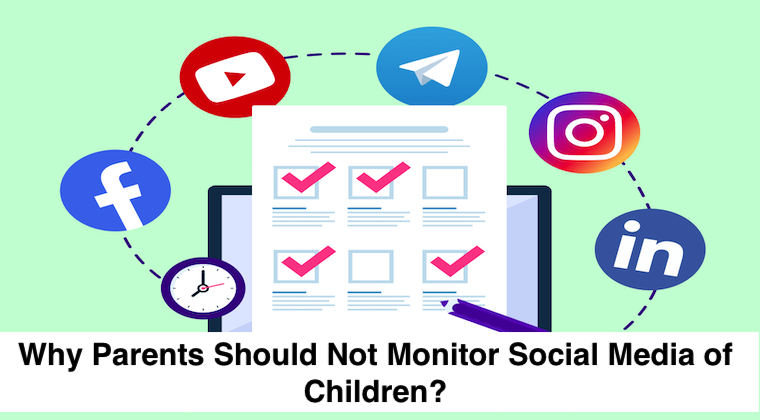+1 845 259 2974 (11 a.m to 7 p.m CST)
Do you need a rod to shape your teens' personality?
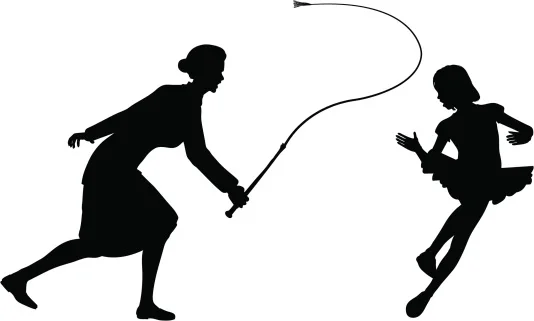
If you are under any kind of impression that the practice of corporal punishment is a relic of our educational system’s controversial past, think again. Around 19 states are holding on to this practice in the light of the Supreme Court’s 1977 ruling in Ingraham vs. Wright case, and a large number of students in the U.S. are subjected to legal punishment every year. Corporal punishment is associated with stunting the process of personality development in teenagers.
Meddling with the paddling
An increasing number of districts and states are abolishing the practice of corporal punishment yet it remains a legal method of punishment in middle and high schools, especially in the South, according to the Center for Effective Discipline (nonprofit based in Columbus, Ohio), that provides educational information on corporal punishment and provides alternatives to this practice.
The U.S. Department of Education’s office for civil rights accumulated data in this regard and released the same in March 2008. The data showed that 223, 190 students were physically punished in 2006 (most recent available stats). The department surveyed 60,000 schools.
Unfortunately for the students and fortunately for the teachers is the fact that no federal policy exists to address the issue of corporal punishment in schools. The 1977 Ingraham vs. Wright brought the issue into light when students argued that the punishment violated their rights under the 8th Amendment (barring cruel punishment) and their 14th Amendment rights (procedural due process). The high court ruled in favor of the state by saying that the 14th Amendment was for criminals and convicts.
Faculty of mind vs. affairs of behind
Corporal punishment usually plays havoc with the lives of teenagers instead of helping in their personality development. Many teens who have been subjected to harsh disciplinary practices report problems with anger management, depression and fear. Quitting extracurricular school activities and academic isolation are also visible in most punished teens.
The Society for Adolescent Medicine revealed that victims of corporal punishment developed concentration problems, their academic achievements declined, they broke off from peers, and consequently developed anti-authority and anti-social attitudes. Apart from the victims of severe punishment, the witnesses to such incidents are also known to develop disruptive and violent attitudes towards their classmates.
Analysis of scores on American College Testing (ACT) from 1994 to 2008 clearly shows that the ten states with the most extensive history of thwarting the practice of corporal punishment actually improved considerably. The success rate is three times higher than those states where corporal punishment was allowed.
Humble recommendations
Introduction of federal legislation prohibiting the use of corporal punishment in public schools should be ensured. All schools should be required to report every incident of punishment happening within the premises. The report should be shared with student councils and their parents to ensure transparency in the entire process. Furthermore, schools that shun the practice of paddling should be given appropriate official funding to encourage them further. The real power rests in the hands of parents to decide whether the process should cease or continue.
Remember, discipline and character building are faculties of the mind and not of red behind. Think about it.

